Hillsborough pitch ambulances 'never considered'
- Published
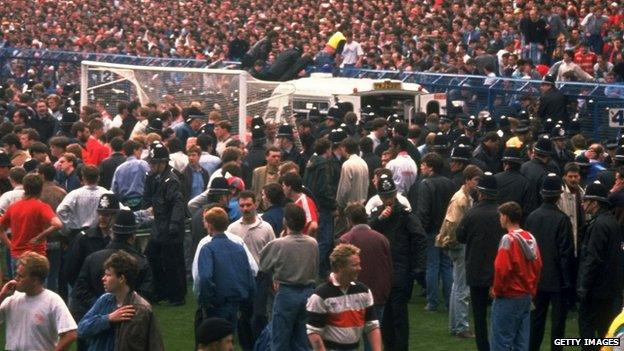
South Yorkshire Ambulance official Gerald Wilkinson said he did not think the pitch was a safe place for ambulances
An ambulance chief who helped draft the emergency plan for Hillsborough said it was "never considered" ambulances would ever need access to the pitch.
Gerald Wilkinson, of South Yorkshire Ambulance Service, said he had believed the pitch was not a safe place for ambulances to be driven on.
He told the Hillsborough inquests this was based on the experience of the 1985 fire at Bradford City's ground.
Ninety-six fans died as a result of the crush at the FA Cup semi-final in 1989.
Mr Wilkinson, who was assistant district officer for South Yorkshire Ambulance Service when the plan was created, said: "After the Bradford fire I didn't think the pitch was a wise place to put ambulances."
He added: "A football pitch isn't the largest area in the world. Very quickly you can carry people off to somewhere safer."
'Police first aid'
He also said the pitch was seen as a place to assess and treat casualties.
Mr Wilkinson said at the time the emergency plan was drawn up, ambulances could deal with less at the scene of an incident than modern ambulances.
The inquests also heard from John Castley, former chief steward at the Hillsborough Kop end of the stadium, who said he wrote in a questionnaire for the 1990 Taylor Report into the disaster that more police officers should have given first aid.
Mr Castley said he went to Leppings Lane end after spotting something was wrong from the Kop.
He added it did not look like a pitch invasion and said when he arrived at the Leppings Lane end he saw many people in distress.
Mr Castley told the jury he gave mouth-to-mouth resuscitation to one man who had stopped breathing.
The inquests continue.
- Published22 July 2014
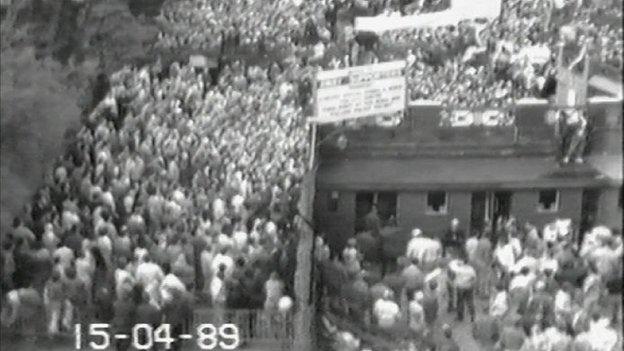
- Published21 July 2014
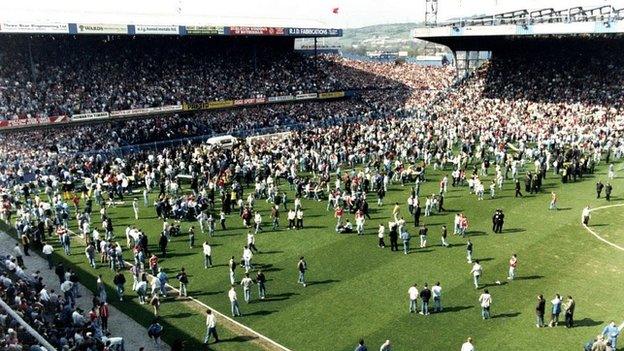
- Published18 July 2014

- Published16 July 2014

- Published16 July 2014

- Published14 July 2014

- Published10 July 2014

- Published8 July 2014

- Published3 July 2014
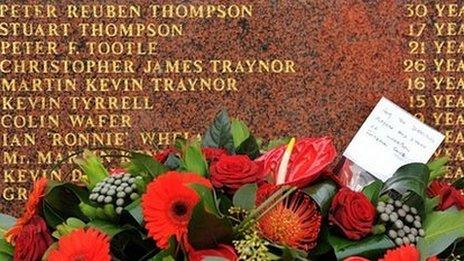
- Published27 June 2014

- Published23 June 2014

- Published17 June 2014
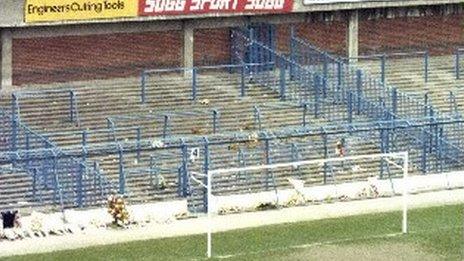
- Published16 June 2014
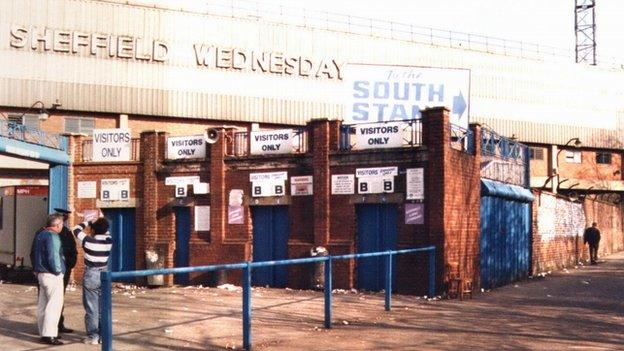
- Published13 June 2014

- Published11 June 2014
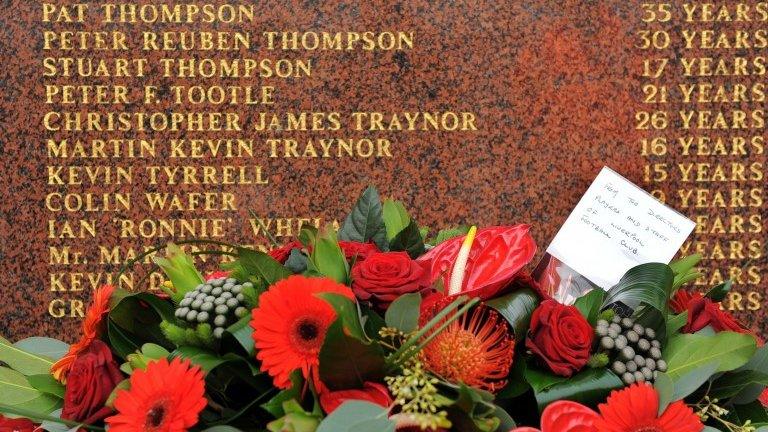
- Published10 June 2014

- Published9 June 2014

- Published4 June 2014

- Published3 June 2014

- Published2 June 2014

- Published30 May 2014

- Published29 May 2014
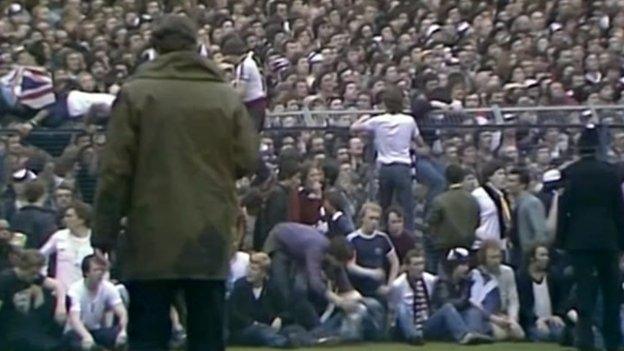
- Published29 May 2014

- Published28 May 2014

- Published27 May 2014

- Published23 May 2014
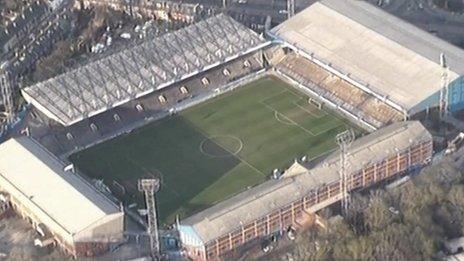
- Published21 May 2014
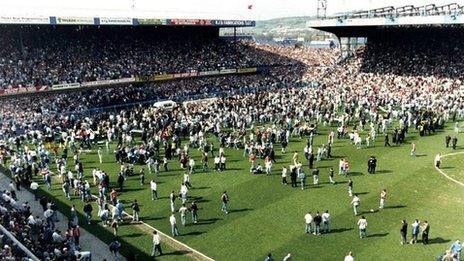
- Published20 May 2014

- Published31 March 2014
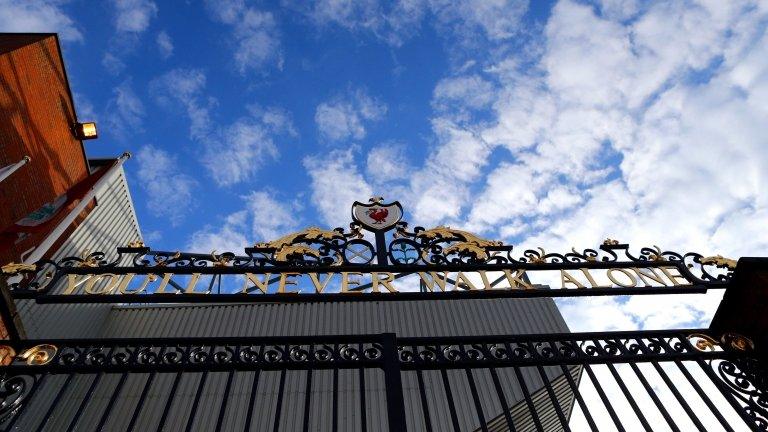
- Published26 April 2016
